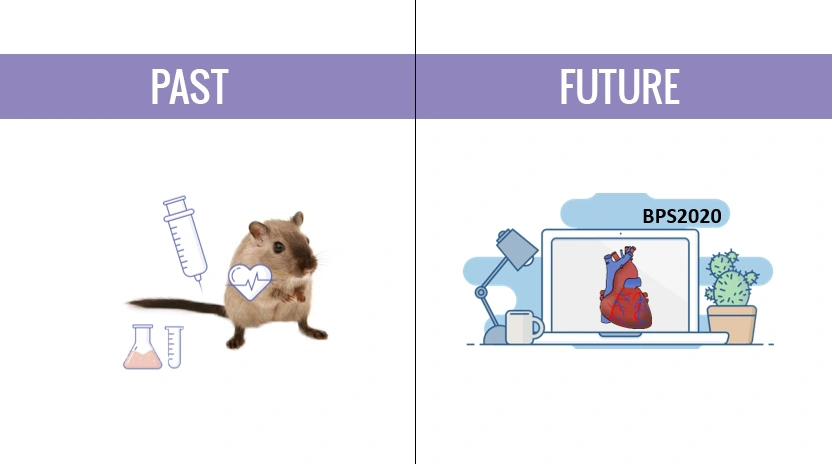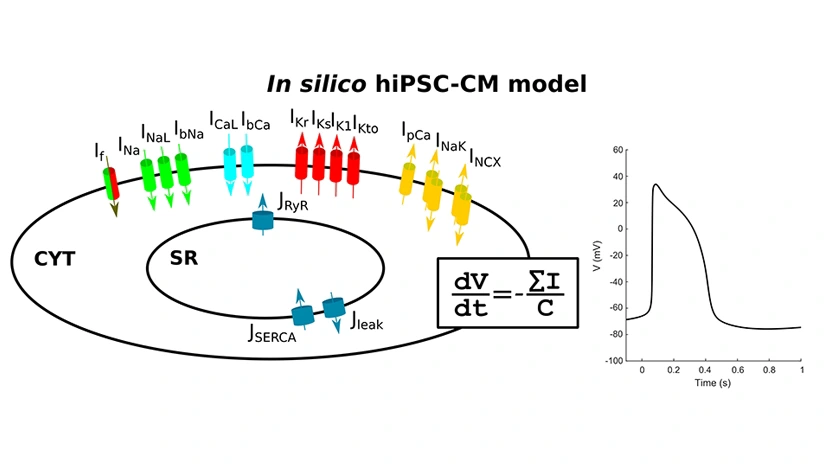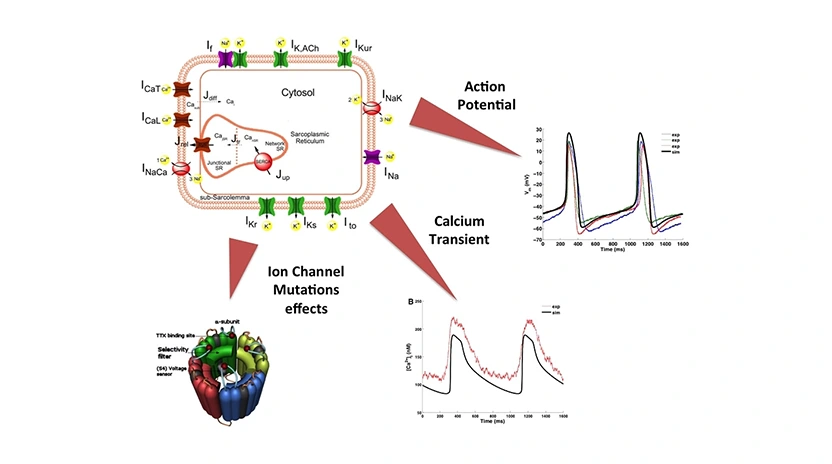Computational Cardiology

- Details
- Contributed by Chiara Bartolucci
Cardiac mathematical models have gained a relevant role in the investigation of cellular electrophysiology, and several models have been developed to describe the origins of the human cardiac action potential. Variations of electrolyte concentrations in the extracellular fluid, especially for Ca2+ and K+, have a crucial role in the action potential modulation and can ...
- Details
- Published in Computational Cardiology

- Details
- Contributed by Michelangelo Paci
The human induced pluripotent stem cell (hiPSC) technology, discovered in the 2000s, allows us to induce pluripotency and produce stem cells directly from healthy donors and patients. hiPSC-derived cardiomyocytes (hiPSC-CMs) are cardiac cells differentiated from hiPSCs, and they represent a potentially infinite pool of human patient- and disease-specific in vitro models for cardiac studies. ...
- Details
- Published in Computational Cardiology

- Details
- Contributed by Stefano Severi
The sinoatrial node (SAN) is the normal pacemaker of the mammalian heart. Over several decades, a large amount of data on the ionic mechanisms underlying the spontaneous electrical activity of SAN pacemaker cells has been obtained, mostly in experiments on single cells isolated from rabbit SAN. This allowed the development of comprehensive mathematical models of the electrical activity of ...
- Details
- Published in Computational Cardiology